All About Wedding Invitations & RSVPs
For a small piece of paper, there are surprisingly a lot of details to master when designing, creating, and sending out your invitations. The good...
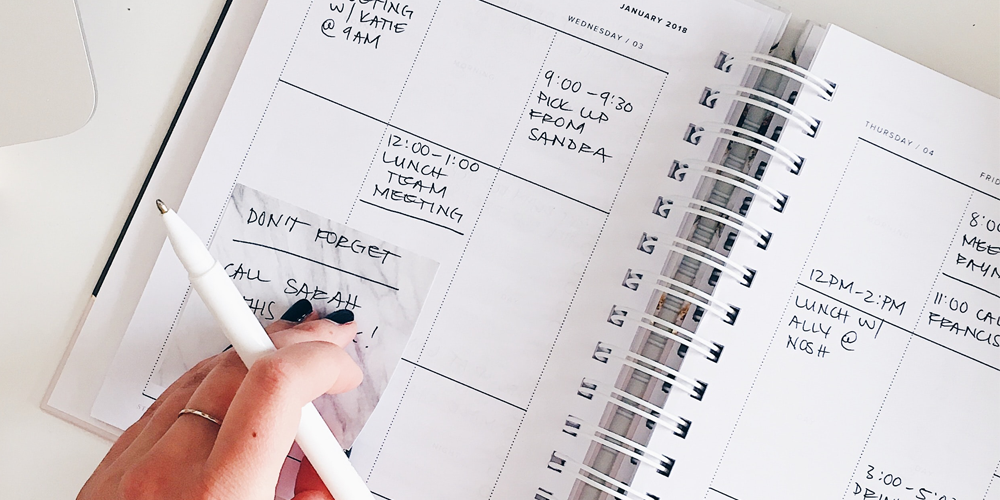
You're ready to get married and your guests are all invited. As the special day get's closer, what's next on the list? Collecting your wedding RSVPs and getting excited about celebrating with your guests. Here are six tips to keep you sane when it comes down to the final count.

We jumped right into managing your RSVPs but maybe you need to start a little earlier in the process. RSVP is an acronym that stands for "Répondez s'il vous plaît," which is French for "please respond." RSVP is commonly used on invitations to request that the invited guests let the host know if they will be attending the event.
The origins of the term RSVP can be traced back to the 19th century in France. At the time, it was customary for hosts to include a "répondez" card in formal invitations, which asked guests to indicate whether they would be attending the event or not. The practice of including such a card in invitations became widely adopted and eventually, the phrase "répondez s'il vous plaît" became abbreviated to the acronym "RSVP."
The use of RSVP spread throughout Europe in the late 19th century and eventually made its way to the United States in the early 20th century. Today, RSVP is commonly used on invitations for all types of events, including weddings, parties, and business functions. It serves as a way for the host to get an accurate headcount of expected attendees and plan accordingly.
Wedding RSVPs are an important aspect of the wedding planning process as they help the couple and their families to understand how many people will be attending their big day. In this article, we will discuss the best way to get RSVPs, when to expect them, what to do if guests don't send them, who should chase to check if wedding guests are coming, and when to accept no reply as non-attendance.
The usual way to get RSVPs is to include a pre-addressed and stamped RSVP card with the wedding invitation. This makes it easy for the guests to send back the card and eliminates the need for them to go out and buy a stamp. Another way to get wedding RSVPs is to set up an online RSVP system, which allows guests to RSVP through a website or by email. This is a great option for those who are not able to attend the wedding in person and can also help to keep track of RSVPs in real-time. If your more informal you can collect your wedding RSVPs via text or phone calls.
It is generally expected that guests will send back their RSVPs within 2-4 weeks of receiving the invitation. This gives them enough time to make arrangements and decide whether or not they will be able to attend. However, some guests may take longer to respond and it is important to be patient and understanding.
If guests don't send back their RSVPs or get in touch with you, it is important to reach out to them and remind them of the deadline. A polite phone call, email or text can be a gentle reminder that the deadline is approaching and that the couple needs an accurate headcount for the wedding.
Typically the couples, their maid of honor, best man, or mother of the bride are responsible for chasing up wedding RSVPs. It is important to have a designated person, such as a wedding planner or a family member, who can handle the task of chasing up RSVPs.
It is generally accepted that if a guest does not respond to the RSVP by the deadline given in the invitation, they will not be attending the wedding. However, it is always a good idea to reach out to the guest one more time to confirm their attendance, just in case they have not received the invitation or have misplaced the wedding RSVP card.

Planning your tables for the wedding can be daunting but can also be very rewarding. Think about who knows who and what interests your guests might have in common, or you can make an effort to pair guests with strangers so they have the opportunity to make new friends.
Traditionally, an equal number of men and women would be seated at each table with one man and one woman paired together. However nowadays, this rule is not always followed anymore and now all-male, all-female or unevenly mixed tables are popular.
You could consider the relationships of your guests when planning their seating arrangements. Grouping guests together based on how they know each other, such as through work or hobbies, can be a great way to break the ice and allow people to mingle. A kids table can also be beneficial so that parents can eat their meals uninterrupted. Balance is also important, so you should think about whether you want to evenly distribute guests between tables and group together people of similar age and status.
To set expectations, table planning for a 100 person wedding can take anywhere from a few hours to several days, depending on the complexity of the seating arrangements and the number of factors that need to be considered.
If you have a clear idea of who you want to sit with whom, have all the information of the guests and have a simple setup, it could take a few hours to plan the seating arrangements. However, if you are unsure about certain guests, need to consider specific requests or have a more complex setup it may take more time.
It's also important to note that table planning is an ongoing process that may need to be adjusted as the wedding planning progresses. For example, if a guest's attendance status changes, the seating arrangements may need to be revised. In general, it's advisable to start the table planning process well in advance of the wedding, to allow enough time to make adjustments and finalize the seating arrangements.
Table planning for a wedding is an opportunity to create a unique and enjoyable experience for your guests. By thinking creatively, involving your friends and family, and making it a fun bonding experience with your partner, table planning can be a fun and memorable process that adds to the excitement of your special day.
One is a list and the other is a map but do you know which is which?
A table plan is a visual representation of the seating arrangements and includes the name of each table and the guests assigned to each table. This will help guests find their table when they arrive at the reception.
Alternatively, a seating chart lists the guests' names along with the table name or number and seat position they are assigned to. Seating charts are ideal for more formal events, and are typically placed near the entrance to the reception area for easy access.
Table plans and seating charts have one important similarity- both will provide the necessary information so your guests can easily find their assigned seats.
Whether to let guests pick their own seats at a wedding or use a table plan is a matter of personal preference and depends on the specific circumstances of the wedding.
Allowing guests to pick their own seats can be a good option if you want to give your guests more freedom and control over where they sit. This can be especially useful if you have a large number of guests and want to avoid any potentially uncomfortable situations or do not know all your guests well. However, this approach may not be ideal if you have a lot of guests with specific dietary requests, or if you want to create specific groupings of guests based on relationships or interests.
Giving guests complete freedom over where they sit often creates delays as choosing seats can interrupt your timeline. For example, freeform seating can take upwards of 20 minutes at a 100 person event.
Using a table plan can be a good option if you want to have more control over the seating arrangements and ensure that guests are seated in a way that promotes conversation and enjoyment. The choice between allowing guests to pick their own seats or using a table plan will depend on your personal preferences and the specific circumstances of your wedding. To make your choice, think about the atmosphere you want to create at your wedding reception.

Having an accurate headcount and list of attendees in a timely manner can benefit you by allowing you to finalize your budget, catering and seating arrangements. It can also help you avoid any last-minute surprises or complications.
Having a well thought out and organized table plan can help ensure that guests are seated in a way that promotes conversation and enjoyment. It can also help avoid any potential conflicts or uncomfortable situations.
Keeping an accurate and organized list of attendees can help you stay on top of any changes or updates, as well as ensure that all guests are accounted for and that no one is left out. It also makes your vendor's job easier, as they will have an accurate headcount for their services.
Being super organized ahead of your wedding will create a smooth, stress-free and enjoyable experience for you and your guests - and ensure that everything runs smoothly on your special day. While it takes effort now the dividends will pay off big time!

With decades in the business and an amazing team of incredible wedding planners, get tried and tested help to create an event experience that suits you!
.png)
For a small piece of paper, there are surprisingly a lot of details to master when designing, creating, and sending out your invitations. The good...

Your insider's guide to making wedding planning feel easy! By now, it’s probably no surprise to you that there are A LOT of details to coordinate...
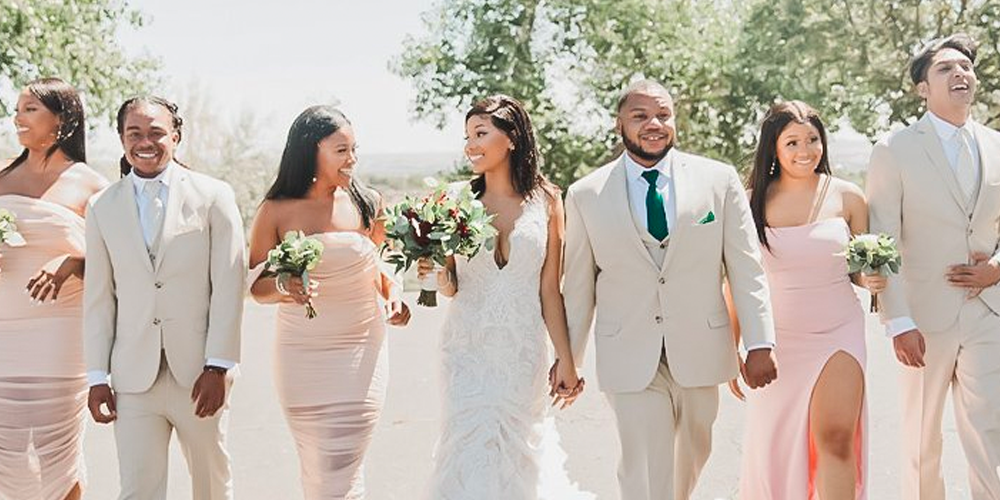
Now that you know who does what from our Wedding Party Roles blog, we’ve put together all of the task lists and to-do’s to make wedding planning that...
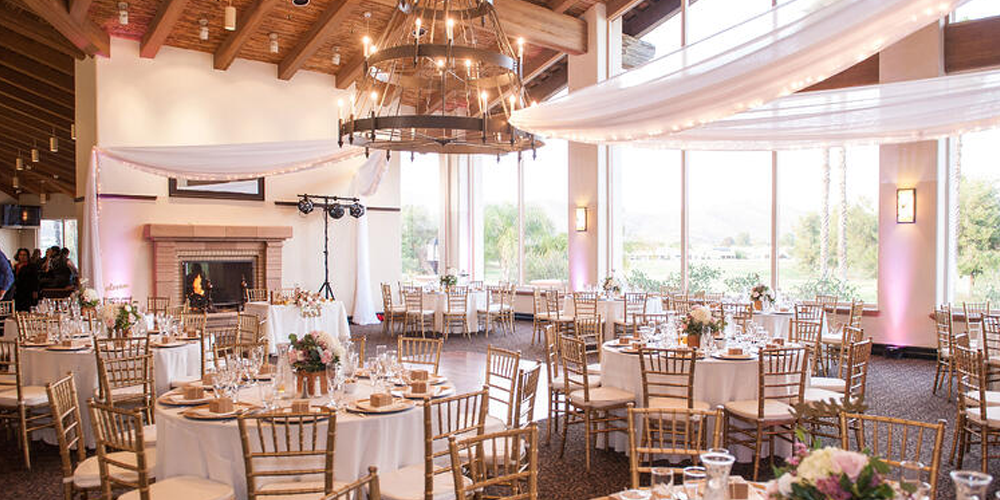
Are you planning a wedding and trying to stick to a budget? Don't worry! Many couples are just like you; they want an amazing day within their...
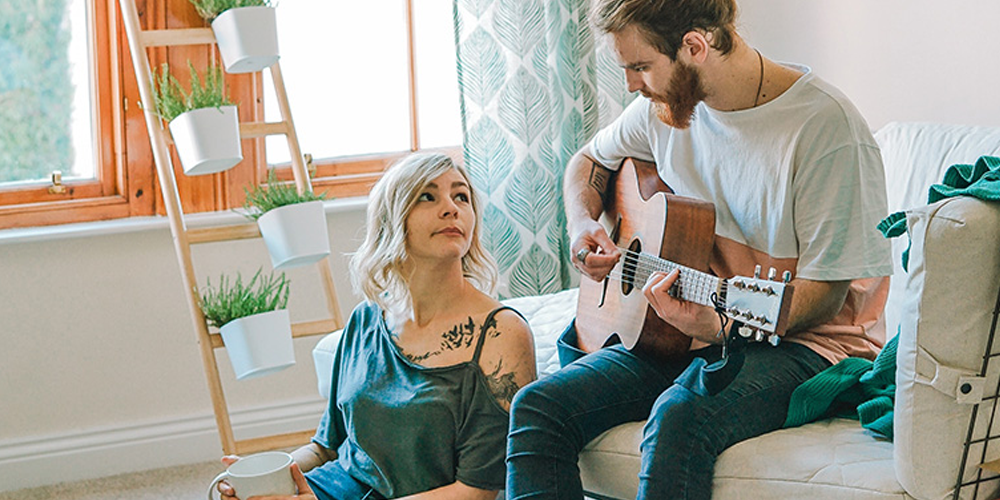
The best wedding planning apps should have three major features: easy navigation, sleek organization, and extreme helpfulness. With your wedding...
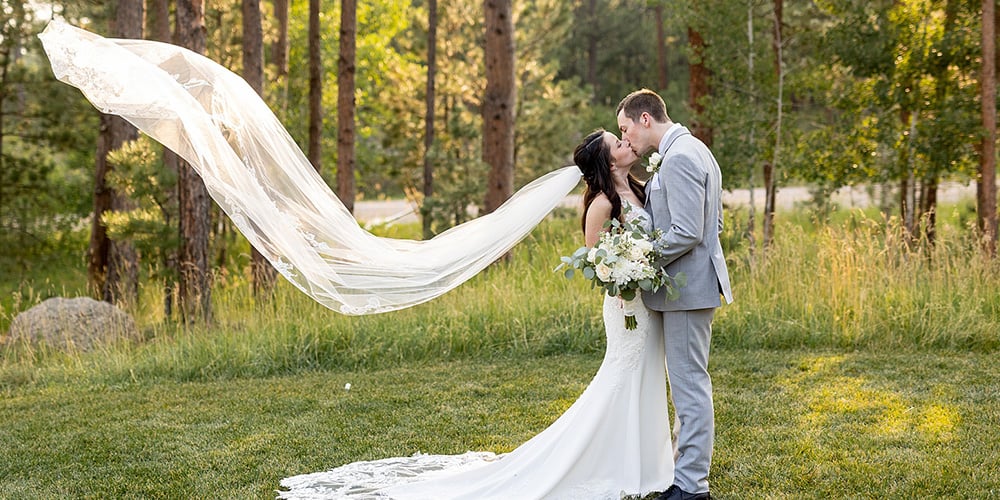
After announcing their engagement, the first thing a couple gets asked is, “when’s the big day?!” If you’re newly engaged, you probably agree that...